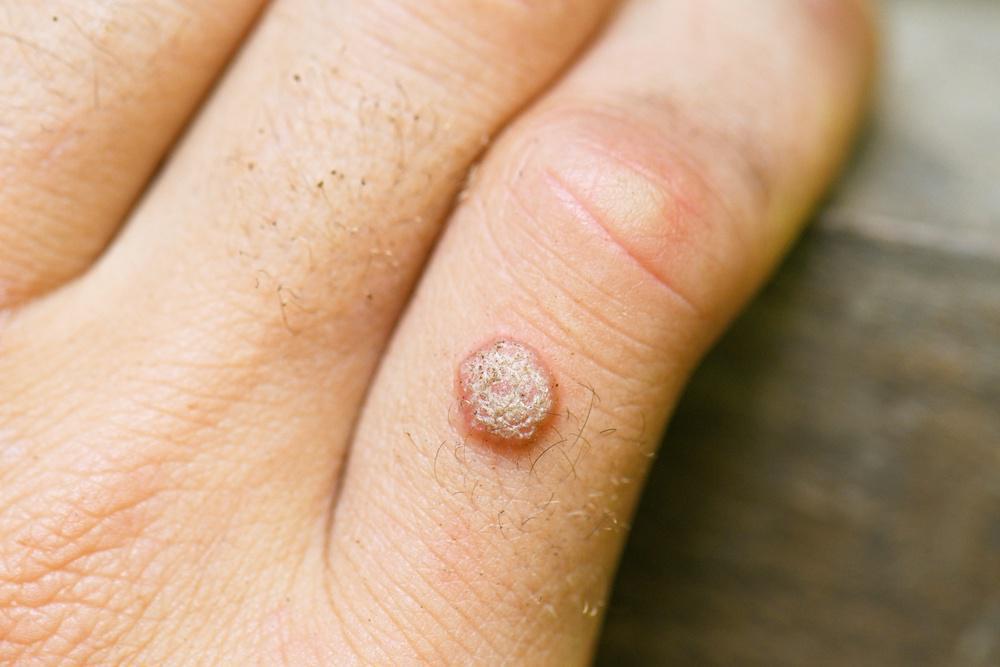Warts are generally harmless, but they can be annoying. They’re not aesthetically pleasing, can cause pain, and can easily spread to other parts of your body and even to other people.
Quite common, warts affect roughly 10% of the population, including as many as 20% of school-age kids. Fortunately, there’s a lot you can do about them.
At Northstar Dermatology in Fort Worth, Texas, our board-certified dermatologists provide professional wart treatment to get rid of them quickly and prevent their spread. Read on to learn more about warts, including ways we can do away with them for good.
Warts 101
Most anyone can develop a wart, but they’re especially common in people with a compromised immune system or who work with meat. Warts develop when your skin cells grow faster than normal after being infected with the human papillomavirus (HPV).
Types of warts include:
- Common warts, which are usually found on the hands
- Flat warts, which may appear on the face, hands, or shins
- Genital warts, which appear in the genital region
- Plantar warts, which form on the soles of the feet
Flat warts are less common than other types, but they tend to appear in greater numbers. They’re also usually pinkish rather than gray or brown like common and plantar warts.
Effective wart treatments
Home treatments and merely waiting until warts diminish on their own may work, but those measures don’t prevent the spread of warts. And it may take some time for warts to go away on their own.
About 50% of warts disappear on their own within one year and about 65%, within two years. Because some warts — particularly plantar warts — are painful, that year or two can feel quite long.
At Northstar Dermatology, we offer numerous treatments that destroy or remove warts efficiently, including:
- Bleomycin, an injectable medicine also used to treat cancer
- Cantharidin, a topical chemical
- Cryotherapy or cryosurgery to freeze the wart off
- Electrosurgery, which uses electrical currents
- Prescription medications, which you apply topically at home
- Surgical excision, to cut a wart out
While one treatment may suffice, some warts require more than one treatment depending on the wart’s size and other factors.
Because some cancers look like warts initially, you should seek medical guidance if you have a wart that has changed in color, shape, or size, even if you don’t find it otherwise bothersome. Warts that bleed or grow quickly should also be reviewed by a dermatologist.
To learn more about warts or get the care you need, call our Fort Worth, Texas, office or request an appointment through our website.





